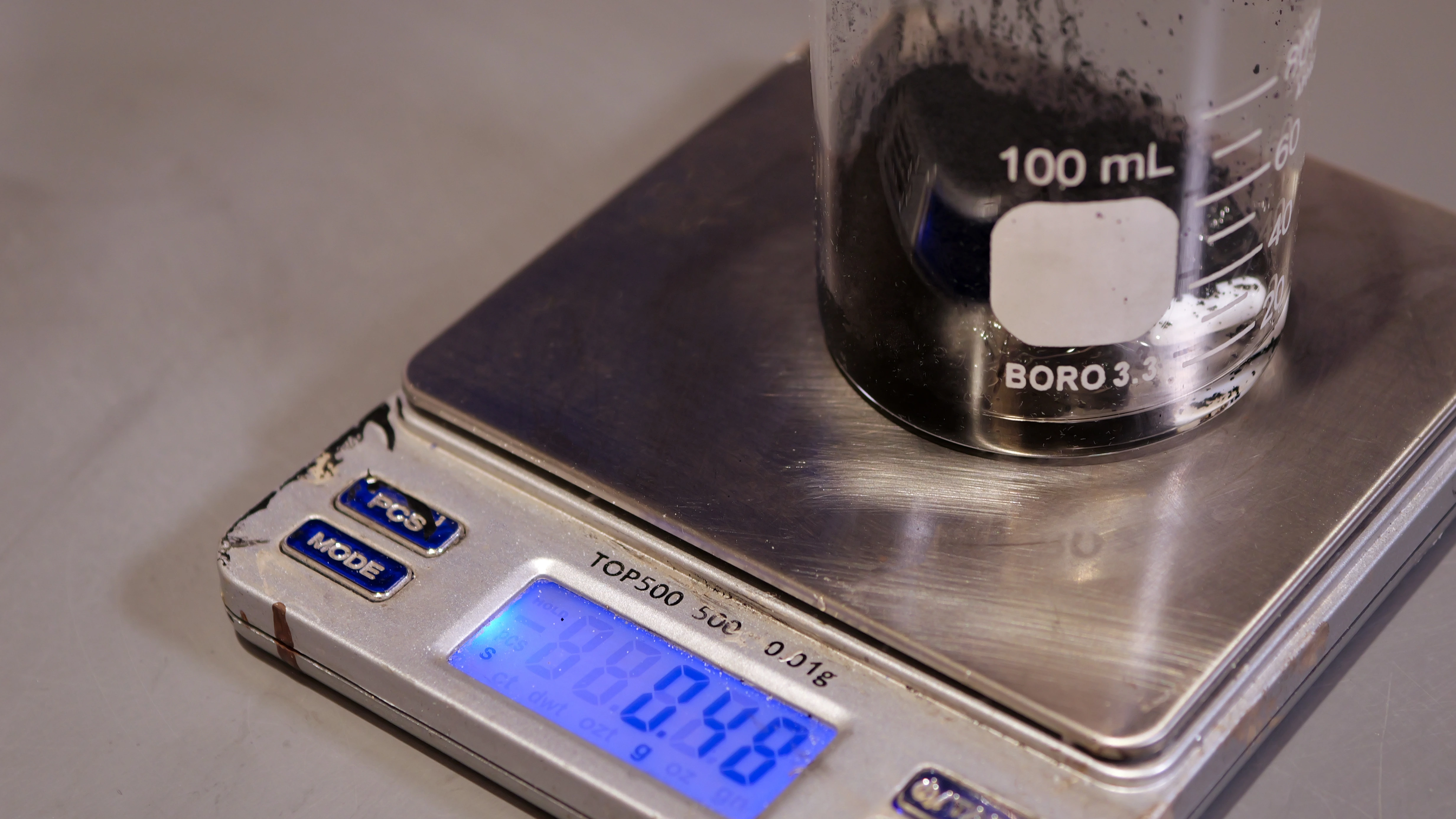Functional Ink Development
In printed electronics, a functional ink is a material engineered to enable specific properties such as conductivity, insulation, adhesion, and luminescence. The characteristics of these inks — including viscosity, surface tension, solid content, and particle size — vary depending on the printing technology used [1].
In direct ink writing (DIW), functional inks, whether organic or inorganic, are typically formulated at the micro- or nanoscale. Common materials include metal-based inks (silver, gold, copper) and nanomaterials such as carbon nanotubes (CNT). They enable diverse applications, such as biosensing, energy storage, smart packaging, and more.


- Academia
- Aerospace
- Automotive
- Consumer electronics
- Energy storage
- Sensors
- Smart textiles
- Polyethylene terephthalate (PET)
- Polyimide/Kapton
- Paper
- Polydimethylsiloxane (PDMS)
- Textiles
Our white papers

Developing a Custom Carbon Ink for Printing a Variable Resistor on PET
Developing your own inks? Check out how we developed a carbon resistive ink for potentiometer applications, using common materials such as carbon black.
